
Soil Nematode Management Strategies
October 23, 2025, 9:39 am
In farmlands that are infested with soil nematode, soil-borne plant pathogens, plant parasitic nematodes, or significant weed populations, soil nematode management and fumigation can help reduce pest populations.
Soil Fumigation
Soil fumigants must be applied properly and an aeration period between fumigant application and planting of the crop is necessary to prevent plant injury.
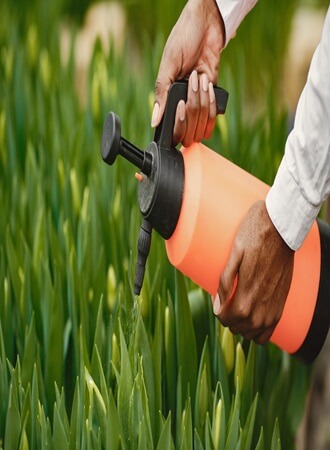
Soil fumigant product labels should be read carefully before deciding whether to use a soil fumigant.
One of the following active ingredients must be present in any multipurpose soil fumigants to be used in providing weed, disease, and/or nematode control: Trichoderma, Flubendiamide, Spirotetramate, Imidazole and Lambda Cyhalothrin
For nematode control only, active ingredient that must be present in the soil fumigant are: Carbofuran and Fluopyram
To determine if it is safe to plant into fumigated soil, collect a soil sample from the treated land (do not go below the treated depth). Place the sample in a glass jar with a screw top lid. Firmly press numerous seeds of a small seeded vegetable crop (e.g., lettuce or radish) on top of the soil and tighten the lid securely.
Repeat the process in another jar with non-fumigated soil to serve as a check. Observe the jars within 1-2 days. If seeds have germinated, it is safe to plant in the field. If seeds have not germinated in the fumigated sample and have germinated in the non-treated sample, then the field is not safe to plant.
Rework the field and repeat the process in a few days
Soil Nematode Control
Some 100 species of plant-feeding nematodes can seriously damage various crops. Before starting any nematode management procedure, determine what nematodes are present in the soil to find out if action is warranted.
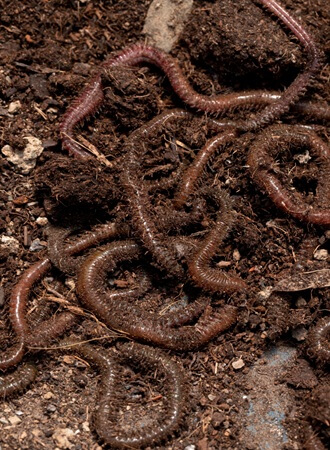
If nematode damage is suspected, both soils and roots should be examined to determine if and to what extent nematodes may be involved. Follow the procedures below for proper collection and handling of samples to enable an accurate diagnosis at a Nematode Diagnostic Laboratory.
Soil and Root Samples for Nematode Detection
1. Collecting and Handling
Only a single, composite sample should be collected in each field. If the field is larger than 2 acres, divide the field into 2 acre blocks and collect a composite sample from each block. Label each bag accordingly.
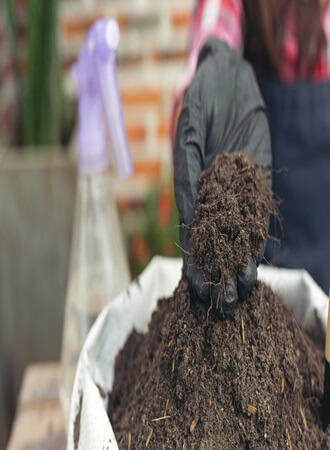
This will provide a more accurate assessment of the nematode population and enable more targeted management. Collect soil and roots from the edges of the affected area(s) in the field. Take a mixture of roots and soil from at least 10 scattered sites, or preferably, under 10 scattered plants in the affected area.
Do not take samples from areas where plants are dead. Dig up plants with a shovel and take a small handful of soil and roots from each, or use a soil sampling tube (7/10-centimeter diameter). Combine the individual samples in a bucket to make a composite sample of at least one quart of soil. Mix the soil in the bucket, then place one pint of the mixed soil in a plastic freezer bag and seal it to prevent drying of the soil.
Protect bagged samples from high temperatures and freezing which can kill the nematodes.
Take soil samples while the crop is still growing so that areas that are suspected of being affected by nematodes can be identified and sampled, because these areas may be missed in random sampling.
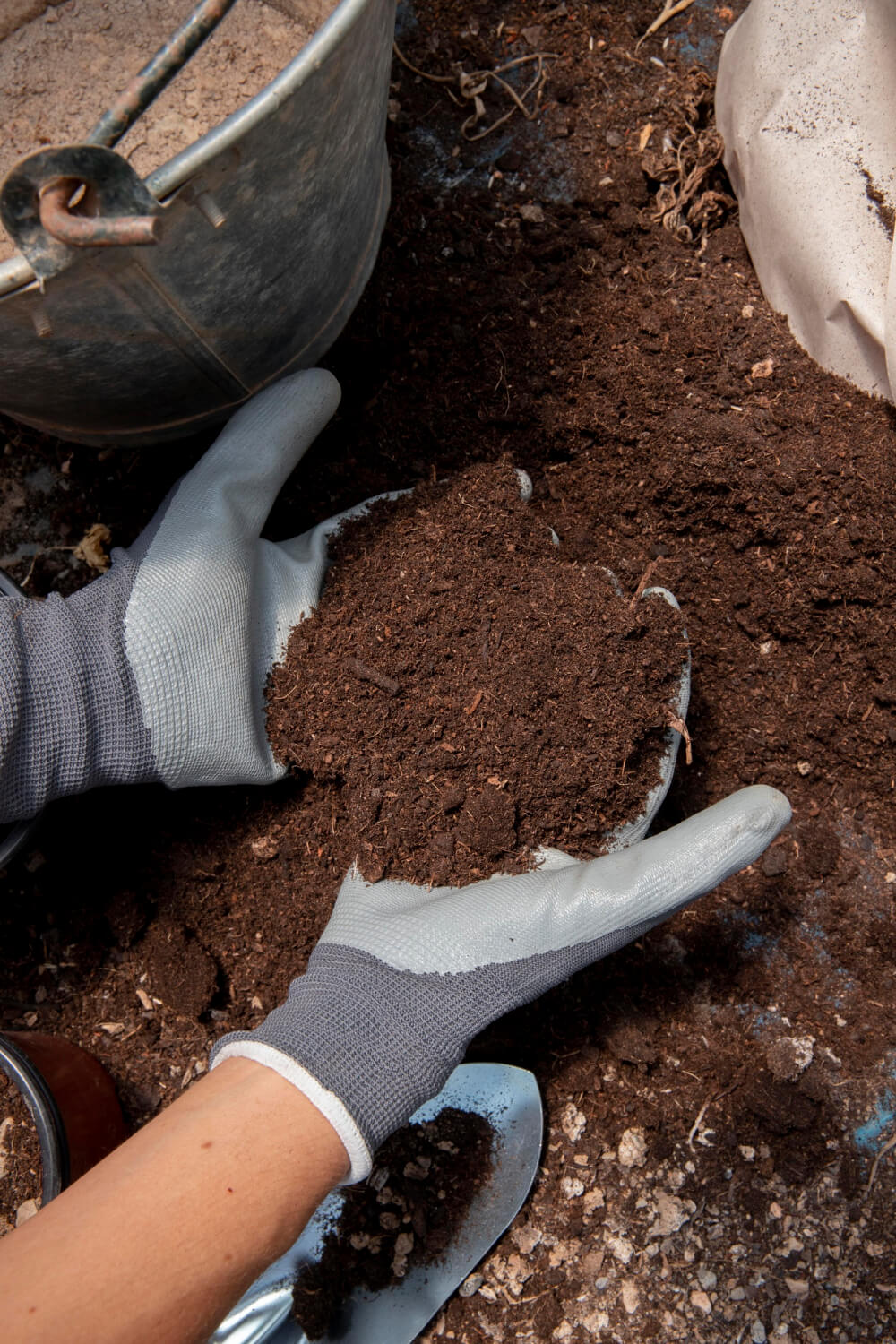
However, to plan your cropping sequence, it is best to take these survey samples after harvest before any tillage and before cold weather arrives. This timing is recommended (and especially important for farmers who need to monitor root knot nematode populations) because nematode populations are generally highest when the weather is hot. The chance of detecting damaging levels of plant pathogenic nematodes is greatest at that time.
Survey samples should be taken at a depth of 20-25 centimeters, and several centimeters from the base of the plants, between plants in the row. Do not take samples if the soil is wet. The moisture level should be less than field capacity and there should not be any free water in the plastic bag after adding the sample.
Use a soil sampling tube and take 20 to 25 cores per sample in a random pattern in the field. Mix soil cores in a plastic bucket and immediately place a pint of soil in a plastic bag or a nematode soil sample kit purchased from a Nematode Diagnostic Laboratory.
2. Submitting Samples to a Nematode Diagnostic Laboratory
Samples should be sent to the laboratory as soon as possible after collection. If there is any delay, refrigerate samples until shipment. Provide some insulation around the sample(s) during shipment, such as several layers of newspaper, a padded envelope or Styrofoam peanuts.
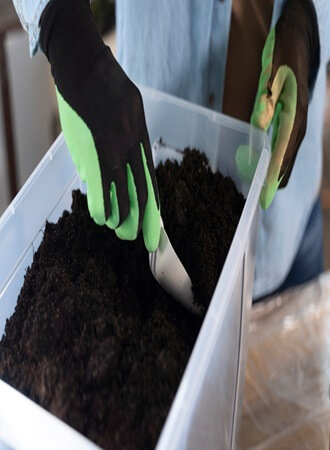
Mark the samples: “For Nematode Analysis” and include the following information with each sample (check with the laboratory to see if any additional information is required):
1. Name and address of the grower and of the person submitting the sample
2. Date collected
3. Name of the present crop, the crop to be planted, and history of the affected area
4. Plant and field symptoms
Attach the paper with this information to the outside of the bag of soil. Forward the samples to your Extension agent, or directly to the diagnostic laboratory. There is usually a fee for nematode analyses.
Soil Nematode Management Strategies
Plant-parasitic nematodes are difficult to control after they have become established. The best strategy is to use preventive measures, including nematicides, soil fumigants, and/or cultural practices.
1. Chemical Management of Soil Nematodes Fumigants
Soil fumigation can effectively control plant-feeding nematodes. See Soil Fumigation above for specific active ingredients effective soil fumigant products must contain.
Non-Fumigant Nematicides
Several non-fumigant nematicides are currently available for selected vegetable commodities. These nematicides do not volatilize in the soil as do fumigants. Consequently, these chemicals are effective over a wider range of soil temperature and moisture than are fumigants.
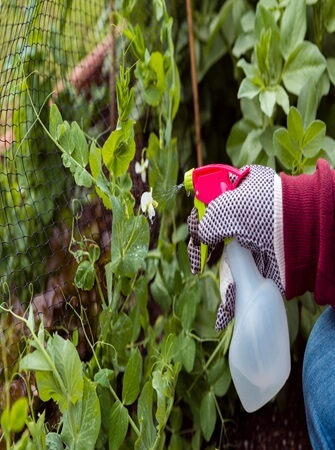
Factors Affecting the Efficacy of Nematicides
As with any pesticide, the two factors that determine efficacy are concentration and exposure time. If toxic nematicide concentrations do not come in contact with nematodes for a sufficient period of time, nematode control will be poor. Many factors can reduce the concentration of nematicide available in the soil and/or effectively shorten the time that nematodes are exposed.
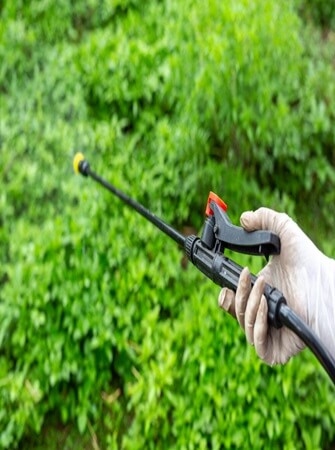
Good site preparation is extremely important. The soil should be thoroughly tilled several weeks before application to break up clods and encourage decomposition of plant residues. Nematicides can adsorb to organic matter and thus reduce the amount of compound free in the soil. Soil clods can interfere with nematicide distribution and reduce efficacy.
Fumigant nematicides volatilize and move through the soil as a gas. The movement of a fumigant through the soil is strongly affected by factors such as temperature, moisture, and soil texture. Fumigants tend to move upwards through the soil and will dissipate quickly unless the surface is sealed after treatment.
Follow the product label to ensure that you are applying the correct dose for your conditions.
Excessive rain or irrigation creates a risk of diluting the nematicide below the level needed to be effective. However, too little water may prevent the nematicide from being distributed effectively in the root zone.
Organophosphate and carbamate nematicides act relatively slowly. Although high concentrations are lethal, the lower concentrations in soil generally kill by behavior modification. The affected nematodes typically are unable to move, find a host, feed, or find a mate.
Eventually they die. If exposure to the nematicide is too short or at a too low concentration, however, these behavioral modifications can be reversed and the treatment is not effective.
Non-Chemical Management of Soil Nematodes
Prevention of Spread
Plant-feeding nematodes move only short distances under their own power, i.e., a few centimeters to a few meters. Nematodes are commonly spread by the movement of infested soil and/or infected plants by human activity.
Sanitation and good cultural practices are the best preventive measures against nematodes. Obtain nematode-free transplants from reputable sources. Wash soil from machinery and tools before using them at another location. Nematodes may also be spread by wind, water, soil erosion, and animals.
Crop Rotation
Rotation of crops is an effective and widely used cultural practice to reduce nematode populations in the soil. To be most effective, crops that are poor hosts or non-hosts of the target nematodes should be included in the rotation sequence.
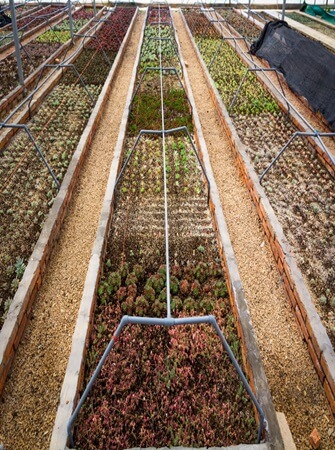
Cover Crops
Some plants commonly used as cover crops are naturally suppressive to certain nematode species, but no single crop is effective against all nematodes. The cover crop plant may be a non-host and, therefore, the nematodes starve, their population being reduced as with fallow.
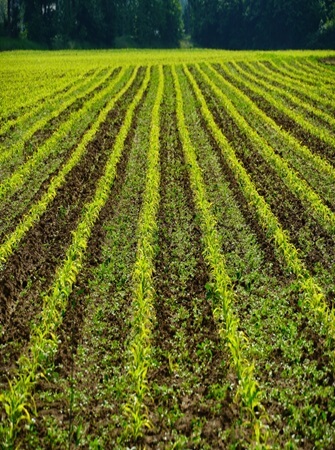
Nematodes invade the roots of certain other cover crop plants, but they fail to reproduce. Yet, other “antagonistic” plant species exude chemicals from their roots that are toxic to nematodes, such as marigold and asparagus.
Green Manures and Soil Amendments
In general, the incorporation of large amounts of organic matter into the soil reduces populations of plant-feeding nematodes. The decomposition products of some plants kill nematodes. These include butyric acid released during the decomposition of ryegrass and timothy, and isothiocyanates released during the decomposition of rapeseed and other plants in the genus Brassica.
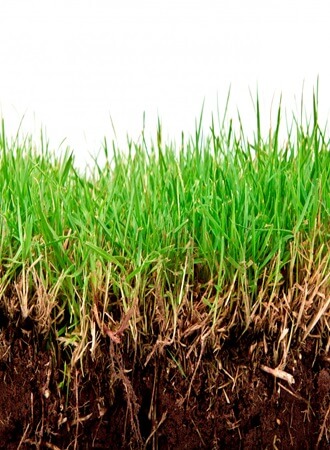
Maximum benefit of these “natural” nematicides is obtained when the plant material is incorporated into the soil as green manure. It is important to consult with a diagnostic lab or extension agent to make sure the treatment is appropriate for the nematode being controlled, as green manure treatments are not equally effective against all plant- parasitic nematodes. For example, rapeseed is effective against dagger nematodes but not lesion nematodes.
Also keep in mind that varieties of the same green manure crop can differ in the amount of toxic chemical components in their cell walls and therefore differ in the amount of toxic byproducts released during decomposition.
For dagger nematode control, two years of rapeseed green manure is desirable, but it may be possible to realize the same benefit by growing two crops of rapeseed within one year.
Keep in mind that some biofumigant crops like rapeseed and sorghum-sudangrass are hosts for nematodes and it is not until incorporated into the soil as green manure that they will suppress nematode populations.
Plant Nutrition and General Care of the Plant
The harmful effects of nematodes on plants can be reduced by providing plants with adequate nutrition, moisture, and protection from stress.
Fallow
Fallow is the practice of keeping land free of vegetation for weeks or months by frequent tilling or applying herbicides. In the absence of a host, nematodes gradually die out; however, eggs of some nematodes may survive for years in the soil. Because fallow may be destructive to soil and the land is out of production during that time, extended periods of fallow are not recommended.
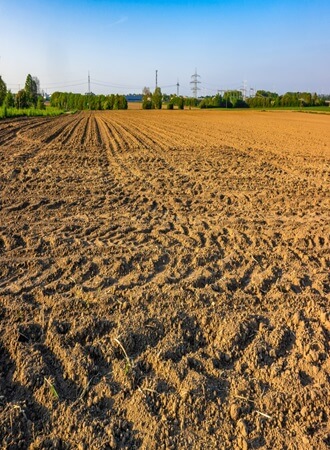
Integrated Management Practices.
Each of the practices mentioned above reduces the soil population of plant-feeding nematodes to varying degrees. Each practice has limitations and the degree of nematode control achieved depends on environmental factors, as well as the particular nematode and crop being considered.
Maximum benefit is realized when several of these practices are employed in an integrated crop management program. Because the host range of different nematode varies, the selection of cover crops, rotation crops, and green manures will be determined by the kinds of nematodes present. No single practice is a “cure-all” for all nematode problems.
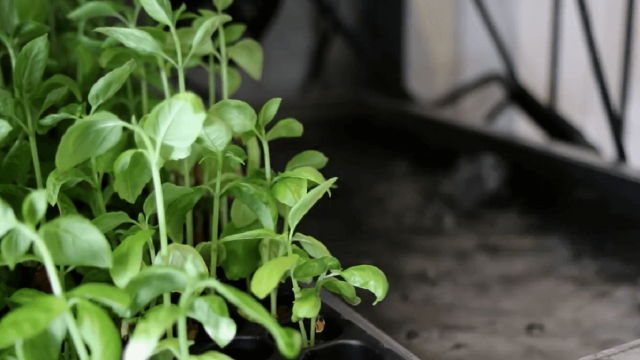
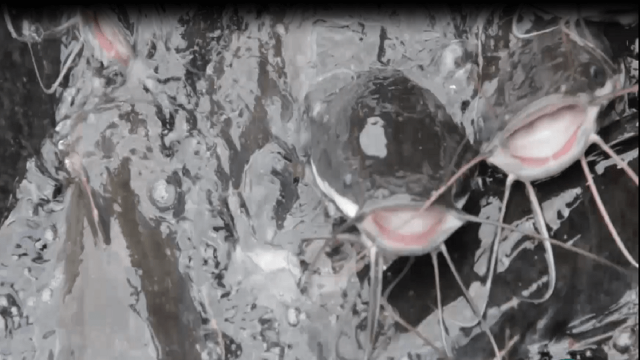
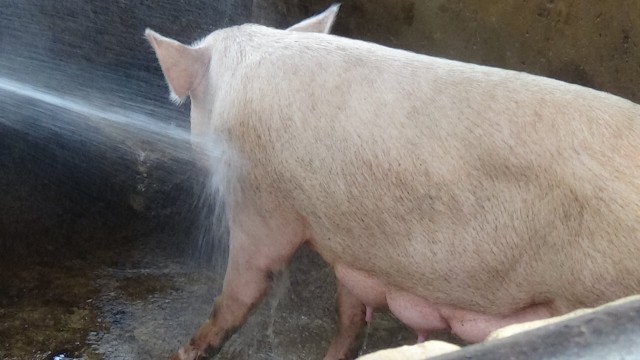
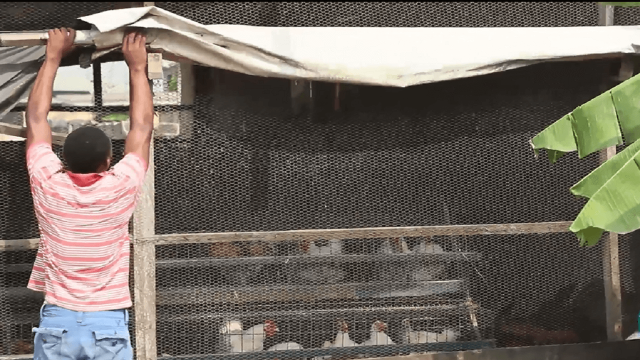
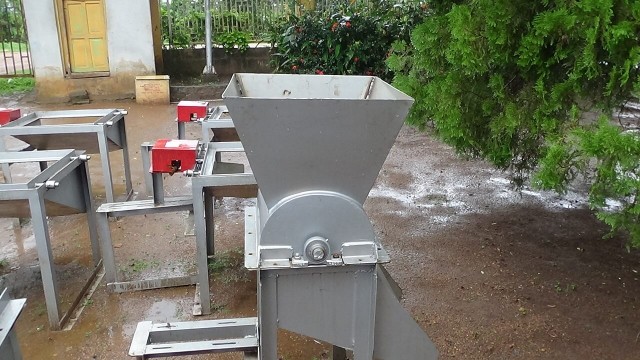
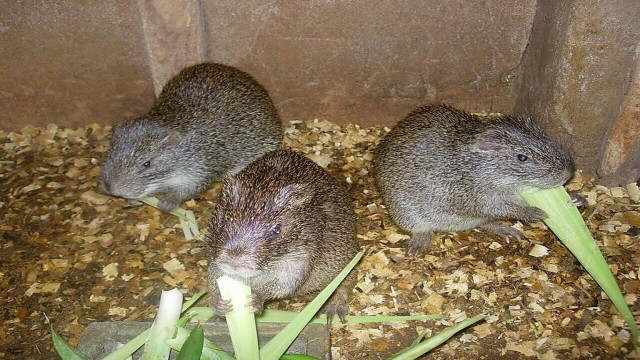


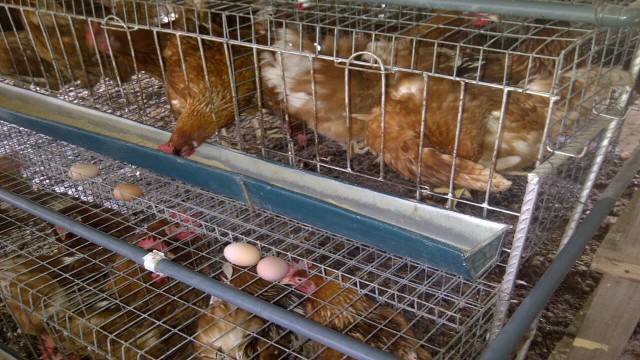

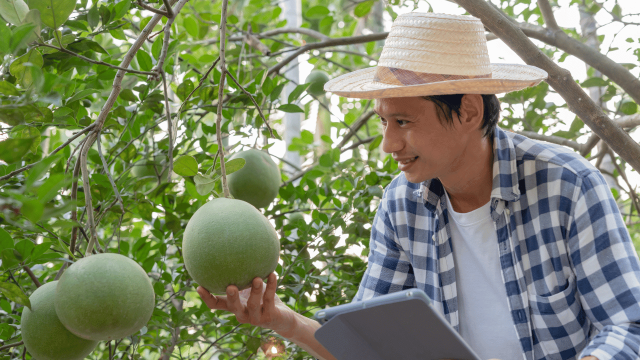
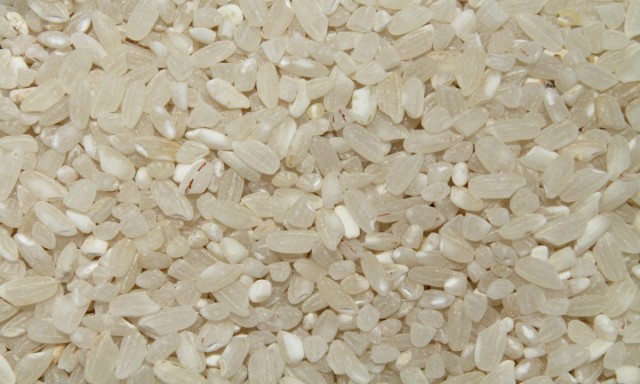
Share This Article: